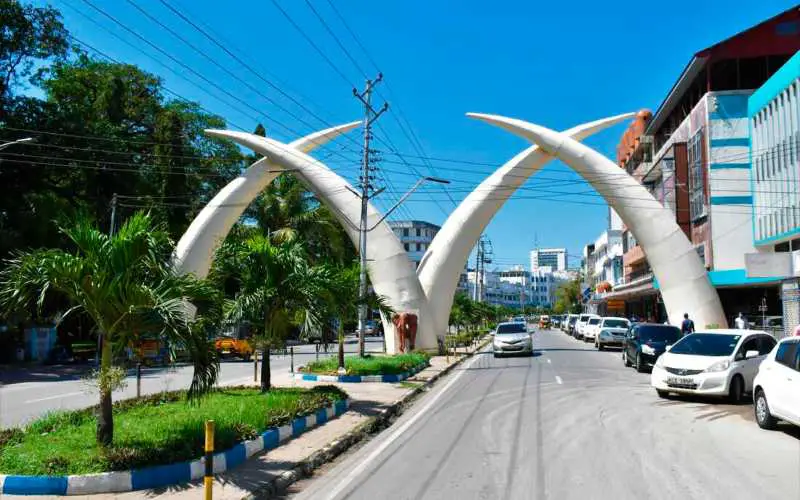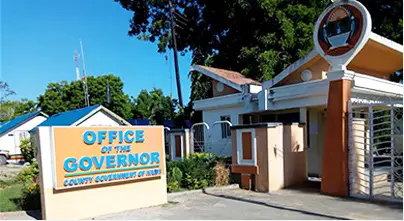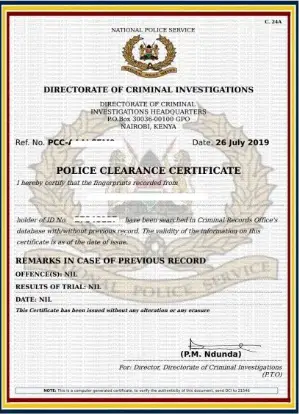Mombasa County, located on the southeastern coast of Kenya, is a vibrant and bustling destination that offers an unparalleled experience for travelers. With its beautiful beaches, rich history, and diverse culture, Mombasa County has become a favorite destination for those seeking a mix of relaxation and adventure. Whether you are exploring the narrow streets of Old Town, taking in the stunning views from Fort Jesus, or indulging in the local cuisine, Mombasa County has something for everyone. So pack your bags and get ready to immerse yourself in the magic of this coastal paradise.
Geography
Location
Mombasa County is located on the southeastern coast of Kenya, bordering the Indian Ocean. Situated at approximately 3 degrees south latitude and 39 degrees east longitude, Mombasa County is a major coastal hub in East Africa. It is about 485 kilometers southeast of Nairobi, the capital city of Kenya.
Climate
The county experiences a tropical climate, characterized by high temperatures and humidity throughout the year. The average temperature hovers around 30 degrees Celsius (86 degrees Fahrenheit), with minimal variation between seasons. Mombasa County also receives a significant amount of rainfall, with the wettest months being April and May, while the dry season extends from December to March.
Physical Features
Mombasa County boasts stunning physical features that contribute to its unique charm. The coastline stretches over 120 kilometers, offering pristine beaches with turquoise waters and powdery white sands. The county also features mangrove forests, coral reefs, and a diverse marine ecosystem, making it a haven for snorkeling and diving enthusiasts. Inland, Mombasa County is dotted with rolling hills, lush vegetation, and the iconic Tsavo National Park, renowned for its rich wildlife.
Demographics
Mombasa County has a vibrant and diverse population that adds to its cultural tapestry.
Population
The county has a population of approximately 1.2 million people, making it one of the most densely populated regions in Kenya. Mombasa, the county’s main city, is a melting pot of various ethnicities and attracts individuals from all over the country. The population is growing steadily, fueled by both natural growth and migration.
Ethnicity
Mombasa County is home to diverse ethnic communities. The majority of the population belongs to the Mijikenda ethnic group, which includes subgroups like the Digo, Duruma, and Giriama. The Swahili people, with their rich cultural heritage, also form a significant portion of the population. Additionally, there is a sizable population of Luo, Kamba, and various other communities residing in the county.
Religion
Religion plays a significant role in the lives of the residents of Mombasa County. Islam is the dominant religion, embraced by the majority of the population. Numerous mosques can be found throughout the county, showcasing the Islamic influence on the local architecture and culture. Christianity is also practiced by a significant number of residents, with churches of various denominations present across the region.
Languages
Swahili and English are the official languages of Mombasa County. Swahili, a Bantu language with Arabic influence, serves as the primary mode of communication among the locals. English is widely spoken and understood due to its importance in trade, tourism, and education. Additionally, various ethnic languages are spoken by different communities within the county.
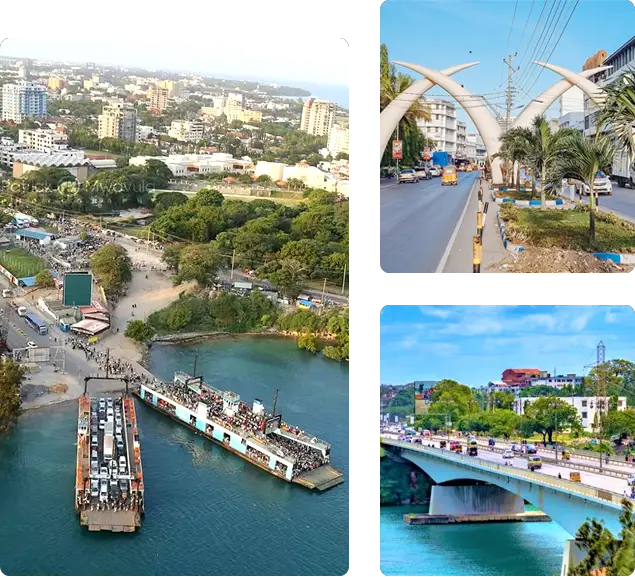
This image is property of web.mombasa.go.ke.
History
The history of Mombasa County is steeped in a rich tapestry of colonial-era events, struggles for independence, and recent developments that have shaped its present-day status.
Colonial Era
Mombasa County has a long history of interactions with foreign powers due to its strategic location along major trade routes. The Portuguese established a fort in Mombasa in the early 16th century, marking the beginning of colonial influence in the region. They were later ousted by the Arabs, who dominated the area until the arrival of the British in the late 19th century. The British established their presence in Mombasa, leading to significant infrastructural and economic developments.
Independence
After years of struggle and activism, Kenya finally gained independence from British colonial rule in 1963. Mombasa County played a vital role in the fight for independence, becoming an important center for anti-colonial activities. The county’s strategic position and active participation in the fight for independence contributed to Kenya’s liberation.
Recent Developments
In recent years, Mombasa County has witnessed substantial development in various sectors. The county continues to be a major economic hub, attracting investments in tourism, infrastructure, and trade. Efforts have been made to enhance transportation networks, expand educational institutions, and improve healthcare facilities. These developments have played a crucial role in positioning Mombasa County as a key player in the economic growth of Kenya.
Administration
The governance and administration of Mombasa County are structured to cater to the needs of its residents efficiently.
Governor
The county is led by a Governor, who serves as the chief executive and head of the county government. The Governor, elected by the residents, is responsible for implementing development plans, ensuring service delivery, and coordinating various functions within the county administration.
County Government
Mombasa County is divided into several administrative units, each with its own elected representatives and responsibilities. The county government’s primary role is to provide essential services such as healthcare, education, infrastructure, and public safety. The government works in collaboration with national government institutions to ensure efficient service delivery to the residents.
Sub-Counties
Mombasa County is divided into six sub-counties for effective governance and resource allocation. These sub-counties, namely Mvita, Kisauni, Changamwe, Jomvu, Likoni, and Nyali, ensure that the county’s diverse regions are adequately represented when it comes to development and decision-making processes.
Wards
The sub-counties in Mombasa County are further divided into wards, bringing governance and representation closer to the local level. Each ward has its elected representatives known as Members of the County Assembly (MCAs). The MCAs play a crucial role in addressing the needs and concerns of their respective wards and actively participate in the county’s legislative process.
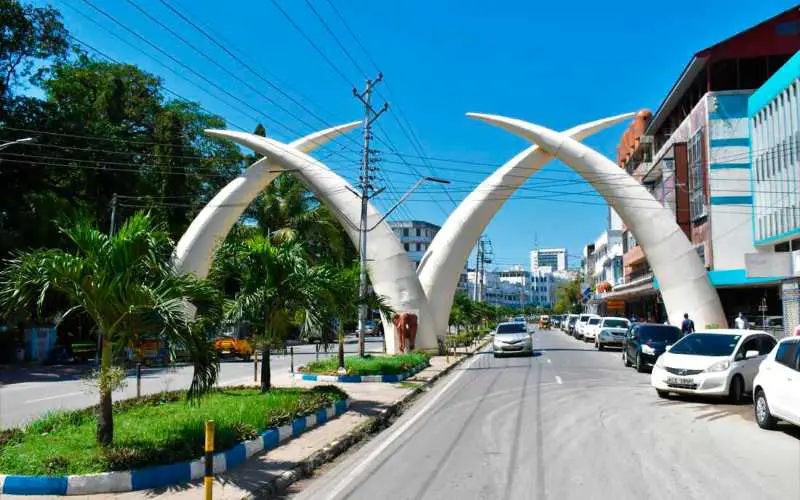
This image is property of twendesasa.com.
Economy
Mombasa County has a thriving economy driven by trade, commerce, tourism, and agriculture. The county’s strategic location and well-developed infrastructure make it a vital economic center in East Africa.
Trade and Commerce
Mombasa County is a major gateway for international trade, serving as a hub for imports and exports. The Port of Mombasa, one of Africa’s busiest ports, handles a significant portion of East Africa’s trade activities. It connects landlocked countries in the region to the global market, facilitating the movement of goods and driving economic growth.
Tourism
Tourism is a key economic driver for Mombasa County. The county’s beautiful coastline, pristine beaches, and rich cultural heritage attract both domestic and international tourists. Visitors can explore historical sites, indulge in water sports, experience vibrant local culture, and enjoy the warm hospitality of the Swahili people. The tourism industry plays a vital role in job creation and revenue generation for the county.
Port
The Port of Mombasa is the largest seaport in East Africa and a critical economic nerve center for the county. It handles a vast array of cargo, including imports and exports from various countries. The port’s strategic location facilitates trade not only for Kenya but also for the landlocked countries in the region. Efforts are continually being made to enhance its infrastructure and efficiency, ensuring seamless operations and attracting more business opportunities.
Agriculture
Mombasa County is endowed with fertile land, making agriculture a significant contributor to the local economy. The county is known for its production of cash crops such as fruits, vegetables, and spices, which are not only consumed domestically but also exported to other regions. Small-scale farming and fishing activities are prevalent, providing livelihoods to the local communities and contributing to food security.
Infrastructure
Mombasa County boasts well-developed infrastructure that supports its growing population and facilitates economic activities.
Transportation
The county enjoys efficient transportation systems, including well-maintained road networks, railway connections, and an international airport. The road network within the county ensures seamless connectivity, enabling easy movement of goods and people. The Standard Gauge Railway (SGR) links Mombasa County to Nairobi and beyond, providing a reliable and faster mode of transport for both passengers and cargo.
Communication
Mombasa County benefits from modern communication infrastructure, including reliable telephone networks, internet connectivity, and mobile services. Telecommunication companies provide efficient telephony and internet services, facilitating business transactions and enabling seamless communication.
Healthcare
Mombasa County has made significant strides in improving healthcare services for its residents. The county is equipped with hospitals, medical clinics, and healthcare centers that provide quality medical care. Efforts are being made to enhance medical facilities, train healthcare professionals, and expand access to specialized services. The county also benefits from partnerships with international organizations in the development of healthcare infrastructure.
Education
Education is a priority in Mombasa County, with various institutions catering to the educational needs of the residents. The county boasts reputable schools, colleges, and universities that offer a wide range of courses and programs. Efforts have been made to improve access to education, especially in vulnerable communities, through the construction and refurbishment of school facilities and the provision of scholarships.
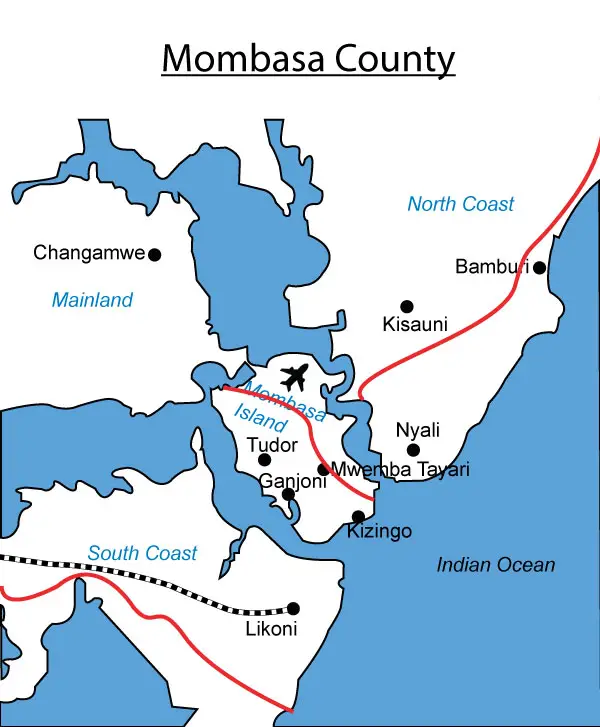
This image is property of elimufeynman.s3.amazonaws.com.
Culture
Mombasa County is rich in cultural heritage, with a diverse blend of traditions, art, music, and cuisine.
Art and Music
The county’s cultural diversity is reflected in its vibrant art and music scene. Traditional Swahili art forms, such as woodcarving, intricately designed textiles, and woven baskets, are showcased in various art galleries and craft markets. Music in Mombasa County is a fusion of different influences, incorporating traditional Swahili beats, Arab melodies, and contemporary African rhythms. Locals and visitors alike can enjoy live performances and music festivals that celebrate the county’s cultural identity.
Festivals and Events
Mombasa County hosts numerous festivals and events throughout the year, offering a glimpse into its rich cultural tapestry. The Mombasa Carnival, held annually, showcases a vibrant parade of colorful costumes, dance performances, and cultural displays that celebrate the county’s diversity. Other festivals, such as the Lamu Cultural Festival and the Swahili Food Festival, provide avenues for locals and tourists to explore the county’s traditions, cuisine, and customs.
Cuisine
Mombasa County’s cuisine is a delightful fusion of flavors influenced by its Arabic, Indian, and African roots. The county is renowned for its aromatic spices, seafood delicacies, and staple dishes like pilau, biryani, and mahamri. Swahili cuisine, with its rich use of coconut milk, is a highlight, and visitors can indulge in these delectable dishes at local restaurants, street stalls, and food markets.
Tourist Attractions
Mombasa County is a treasure trove of tourist attractions that cater to various interests and preferences.
Beaches
The pristine beaches of Mombasa County are a major draw for tourists. Bamburi, Nyali, Diani, and Shanzu consistently rank among the most beautiful beaches in Africa. Visitors can bask in the sun, swim in the crystal-clear waters, and partake in water sports such as snorkeling, scuba diving, and kiteboarding.
Historical Sites
The county is home to numerous historical sites that offer a glimpse into its rich past. Fort Jesus, a UNESCO World Heritage site, stands as a testament to Mombasa’s colonial history. The Old Town area, with its narrow streets and ancient architecture, displays a unique blend of Arab, Persian, Indian, and European influences.
Wildlife Reserves
Mombasa County is a gateway to the world-famous Tsavo National Park, one of the largest wildlife reserves in Kenya. Visitors can embark on thrilling safaris, spotting iconic African wildlife such as elephants, lions, giraffes, and zebras. The park’s diverse ecosystems, including savannahs, rivers, and volcanic hills, make it a haven for nature enthusiasts.
Museums
For those interested in the county’s cultural heritage, Mombasa boasts several museums. The Mombasa Museum provides insights into the region’s history, cultures, and traditions. The Swahili Cultural Center showcases artifacts and exhibits related to the Swahili people’s heritage. These museums offer a deeper understanding of Mombasa’s past and present.
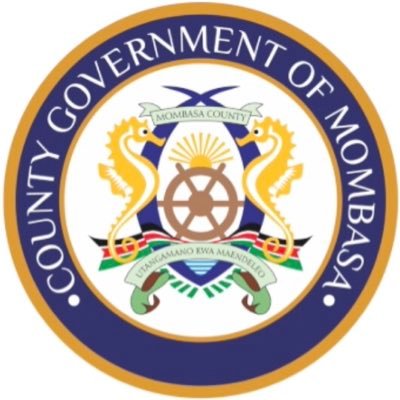
This image is property of pbs.twimg.com.
Challenges
Despite its many strengths, Mombasa County faces several challenges that require attention and intervention.
Unemployment
Unemployment is a significant challenge in the county, affecting both the youth and the general population. The growing population, coupled with limited job opportunities, has resulted in high levels of unemployment. Addressing this challenge requires targeted initiatives to promote entrepreneurship, skill development, and job creation in various sectors.
Poverty
Poverty remains a pressing issue in Mombasa County, particularly in marginalized communities. Efforts are being made to eradicate poverty through targeted social welfare programs, poverty alleviation initiatives, and investment in sustainable economic projects. Collaboration between the county government, NGOs, and community-based organizations is crucial in addressing the root causes of poverty and improving the living standards of the residents.
Environmental Issues
Like many other coastal regions, Mombasa County faces environmental challenges, including coastal erosion, deforestation, and waste management. These issues have a direct impact on the county’s natural beauty, marine ecosystems, and overall sustainability. Sustainable environmental management practices, community awareness programs, and stricter regulations are necessary to protect and preserve Mombasa County’s natural resources for future generations.
Future Outlook
Despite the challenges, Mombasa County has a promising future ahead, driven by development plans, economic growth, and tourism potential.
Infrastructure Development
Efforts are being made to enhance the county’s infrastructure further. The completion of ongoing projects and the initiation of new ones will improve transportation networks, expand access to quality healthcare and education, and strengthen communication systems. Infrastructure development will play a crucial role in attracting investments, fostering economic growth, and improving the quality of life for the residents.
Economic Growth
Mombasa County’s strategic location and well-established trade networks position it to capitalize on economic growth opportunities. Continued investment in trade, commerce, and tourism will create jobs, generate revenue, and contribute to the overall development of the county. By leveraging its unique geographic position, Mombasa County can become a regional economic powerhouse and a major contributor to Kenya’s economic growth.
Tourism Potential
Tourism is set to play an increasingly important role in Mombasa County’s future. The county’s stunning beaches, rich cultural heritage, and diverse wildlife reserves offer immense potential for tourism growth. By investing in tourism infrastructure, promoting sustainable practices, and showcasing its unique attractions, Mombasa County can attract more visitors, boost economic activity, and contribute to local development.
In conclusion, Mombasa County is a vibrant coastal region endowed with natural beauty, cultural heritage, and economic potential. Its strategic location, diverse population, and well-developed infrastructure make it an attractive destination for trade, tourism, and investment. As the county continues to overcome challenges, implement development initiatives, and embrace its rich history and culture, it is poised for a future of growth and prosperity.
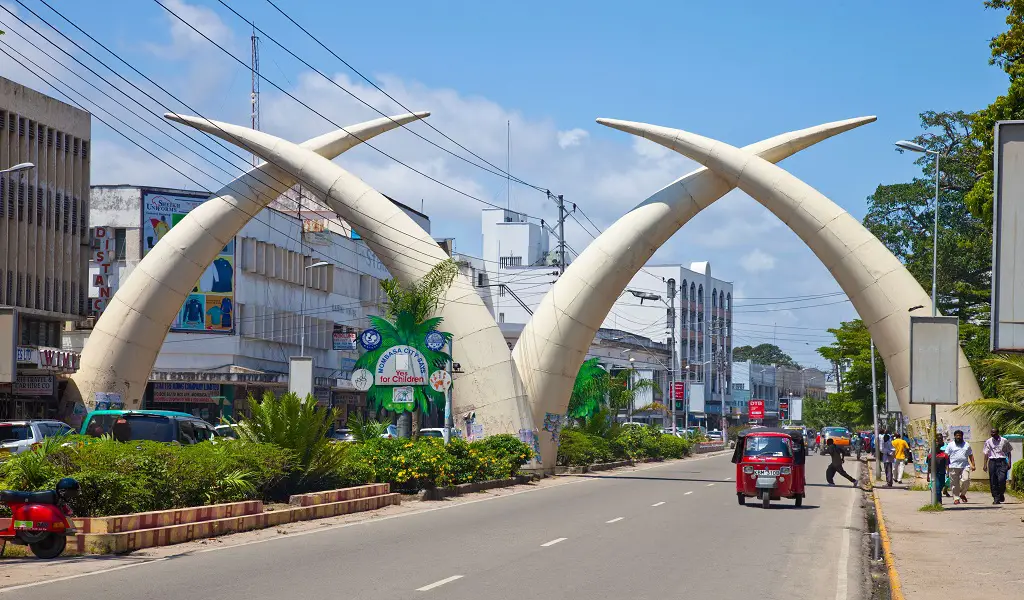
This image is property of i0.wp.com.

